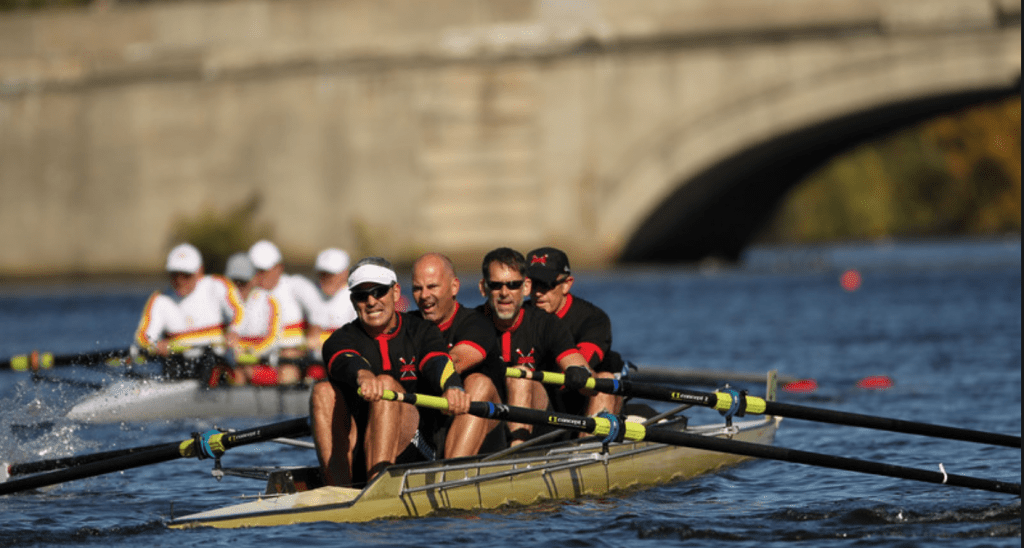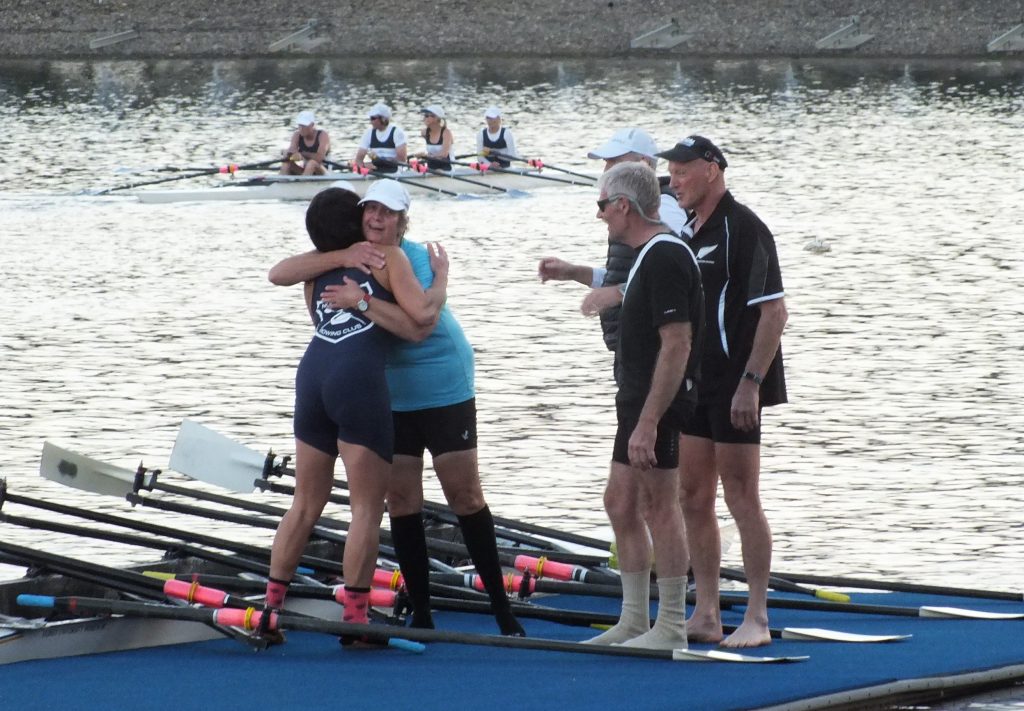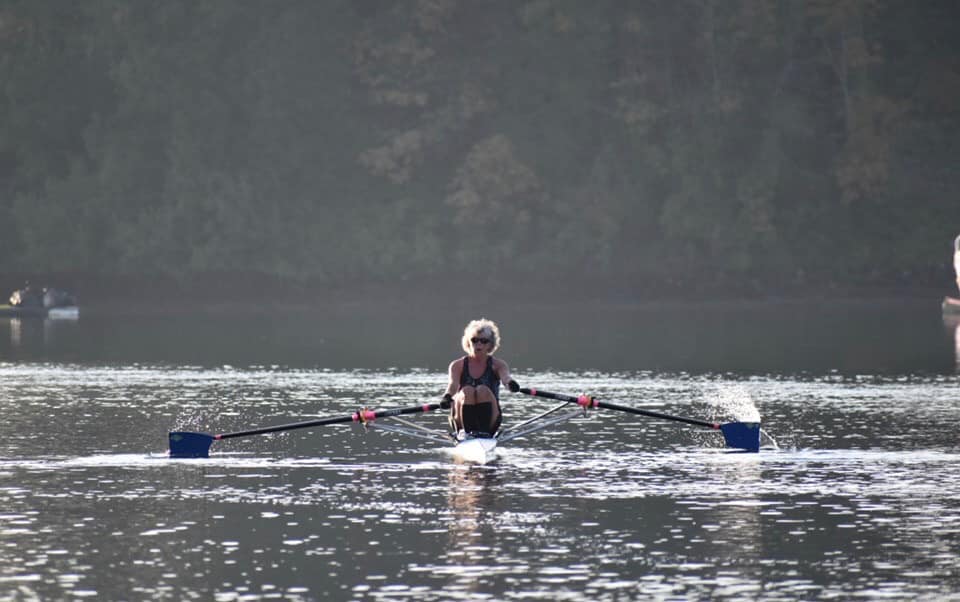Bungee resistance training
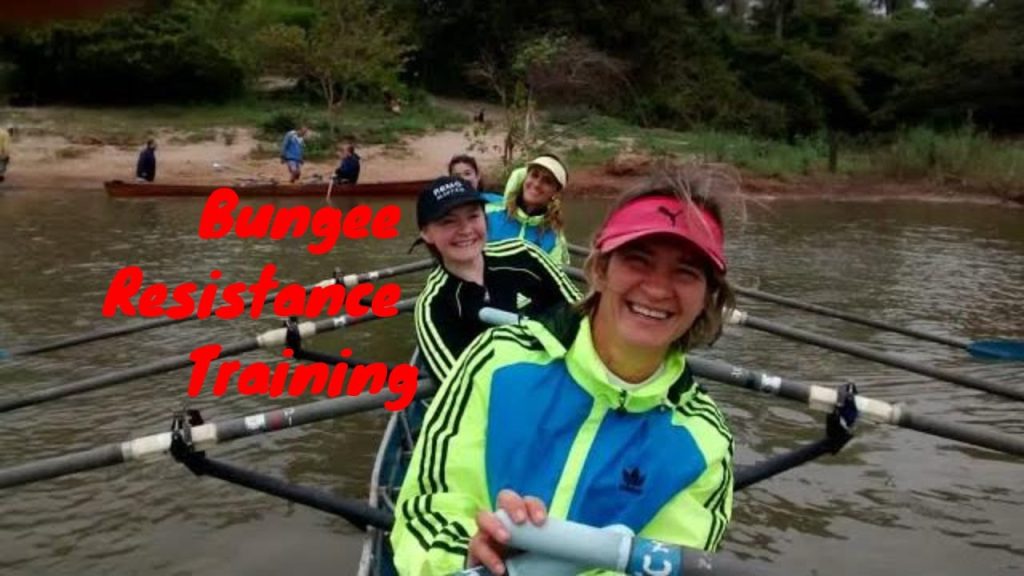
Get stronger by doing resistance work in the boat using a bungee. What’s it useful for? How to set up your boat.
Timestamps
02:00 Resistance training in rowing
Do you need it? All masters rowers need this to keep up strength and bone density. We lose strength as we age. It helps us to stay fit and active as we age. You don’t have to go into the gym. Weight training is lifts which are similar to the rowing action e.g. a seated arm draw.
03:45 Weights on the water gives you specificity
It aligns the weight training with the rowing action and movement. In the boat gearing helps you to not get over-loaded.
05:00 Why do resistance training?
Each year I did weight lifting and added more weight to the bar I could lift. But in the summer I’d lose that strength during the racing season when I didn’t do weights and did more water workouts.
06:45 Strength and conditioning includes work on core muscles Resistance training helps us to recruit more muscles into the rowing stroke. It’s hard to learn the overlap between the legs – back – arms. Watching masters rowing, very few have an active back swing.
Video of good rowing technique demonstrating legs – back – arms.
Compare this to a video of yourself. Do your legs continue to press down as your back starts to swing? Look at the body rock forwards as well as back. When you have a heavy load, figure out which muscles are working because they have to work harder. On the erg, increase the fan resistance to 10 and try it. It helps you to be mindful as you row because everything is slowed down.
10:30 How to do resistance training in the boat.
1 – Lower the rate. Do this resistance work at low rates, moving slowly and thoughtfully to make yourself deliberate and check your movements while you do each stroke. I like rates 16-20 if you can manage. Otherwise rate 24 is good.
2 – Increase the resistance – in a crew boat get half the crew to sit out so you carry their mass while you row.
Caution – you are carrying a large load when carrying rowers sitting out. Build up gradually to doing this for extended periods of time. Gradually increase the number of power strokes, start with 20 strokes and then switch to the other half of the crew doing the work. Three sets of 20 is enough to begin with. Do 2-3 sessions of this before changing the number of strokes or repetitions (sets). Well-trained athletes can build up to 50 or 60 strokes and many more sets.
14:15 How to do the workout Structure your outing like this: Do your warm up, then do steady state rowing for 10 minutes, do the 3 sets of power strokes, then paddle light or stop and have a rest after three sets. Then do another 10 minutes of steady state rowing, another 3 sets of power strokes and then warm down and end the workout. This would take an hour to do. To increase the amount of power strokes – increase the repetitions – increase the sets – reduce the amount of steady state
15:15 Other ways to increase the load in the boat
You can also increase the gearing on your oars or sculls. Or you can add a bungee on the boat – under the hull to provide the resistance. This can be an elastic cord or a boat tie. Put it under the hull before you go on the water and attach to itself or onto the riggers.
17:00 How to attach a bungee to your boat
Take a boat tie and put under the hull so it reduces the smoothness of the boat hull. Attach it behind the rigger because when you row it could slip off if put sternwards of your rigger! You do need to be able to reach the bungee when in the boat in order to take it off at the end of the power strokes. increase the resistance by twisting the boat tie under the hull. You can also add a short section of garden hose – thread the boat tie through the hose.
19:30 The best part of resistance training
The end of the workout – after your last set of power strokes is to take it off the boat. Then row your last steady state work without a bungee – your learned pattern of movement from the resistance training gets put into your normal stroke nad that additional work from overcoming the resistance helps to make the boat go faster (check it on your app / speed coach).
21:00 The biggest impact is on your technique
Using the recruited muscles and building into your stroke. Rowing slowly and deliberate movements really helps to improve your technique, especially at the catch. The slower hull boat speed means your placement into the water can be more accurate, once under the water you will also really feel the load. If you can slow the rate down to 16 – the boat is going through the water more slowly and the additional load at the catch placement helps you to feel what you’re doing better. After taking the bungee off you continue to row with that level of skill in the final 10 minutes of rowing.
Want easy live streams like this? Instant broadcasts to Facebook, YouTube, LinkedIn. Faster Masters uses StreamYard: https://streamyard.com/pal/d/5694205242376192
